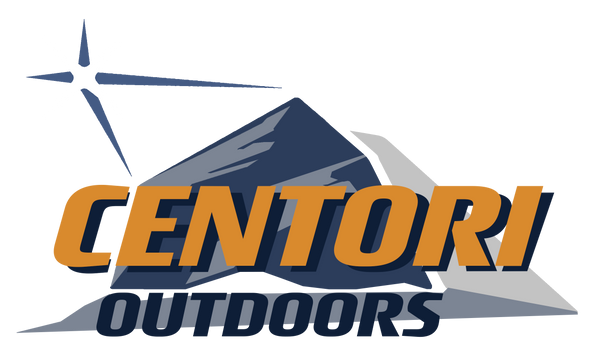So, you’ve been thinking about planning your next adventure away, and you’ve heard about Overlanding. The problem is, you don’t know too much about it or how to get started.
And this is where I come in!
Overlanding can provide an excellent adventure... if it’s planned correctly. In this article, I want to explain what Overlanding is, what the journey looks like, and the must-have items for your adventure.
If this sounds like what you’ve been looking for, don’t go anywhere:
What Is Overlanding?
If you’re new to Overlanding, you probably don’t know much about the experience, which is why I want to spend a few moments explaining the adventure.
Overlanding is about taking the less travelled road in your vehicle. Ideally, this means getting away from tourist hotspots and seeing the “real countryside”.
You see, it’s not about the destination; it’s about the journey you take to get there. Taking the road unknown opens you up to a different kind of adventure and makes it so much more exciting.
But taking the unknown road also opens you up to more risk, which is why you need to be prepared for the journey ahead.
Plan Your Journey
If you’ve ever driven off-road, you’ll probably have a good idea of what you can expect when it comes to the obstacles you’ll encounter.
During your journey, you could experience stream crossing, deep ruts, loose hill climbs, and even snow. But you’ll also be driving on the pavement, so it’s unlikely you’ll have to pull any severe manoeuvres like rock crawling.
Because of the terrain you’ll be facing on your adventure, you’ll need to be ready to face anything. And the best way to ready is by planning your journey.
When you’re going uninhabited places, you’re going to need suitable maps to get you there, but more importantly, they need to show what type of terrain you’ll be driving on.
There’s a great device you can use for this called Gaia GPS https://www.gaiagps.com which has a great collection of off-road maps. Using a Gaia GPS will help you plan your journey effectively, so you know what you’re going to face before you face it.
Vehicle Considerations
The vehicle you’re going to take places a huge role in your Overlanding journey. It will be your home for the duration of the trip and your mode of transport.
Technically you can go Overlanding in any vehicle, but there are some key considerations you need to take into account.
Ground Clearance - If you’re going off-road, you need to make sure your vehicle has enough clearance to navigate rocks. Most passenger cars just don’t have the clearance to do this, which doesn’t make them the ideal choice for varying terrain, to know more detail, Here are some links have clear ideas about this topic.

Lift install: https://youtu.be/we_l6fmk2Jk
Brake Line Anchor install: https://youtu.be/xvvMlzeZ05o
Correction Bracket install: https://youtu.be/EmU5XIFd1Rw
Higher Rate Springs install: https://youtu.be/a693atnzGGY
Storage Space - Remember you will be living in this vehicle for a few weeks… maybe more. For this reason, you’re going to need enough storage space to hold everything you need for the journey. Here are one of the reasonable price but solid storage boxes you want to have a look:
Or you want to build your own, even better,
Here are the links for the storage build we would recommend:

Pt 1: https://youtu.be/WkTcTKVN8tM
Pt 2: https://youtu.be/qu-SEFPlVlI
Pt 3: https://youtu.be/_mVT9fdjHPc
Pt 4: https://youtu.be/hvLb7v-28Jw
4x4 Or All-Wheel Drive? - Most adventurers prefer to have four-wheel-drive vehicles because they can transfer drive to the front and rear wheels. That being said, you can get by with an all-wheel-drive vehicle.
